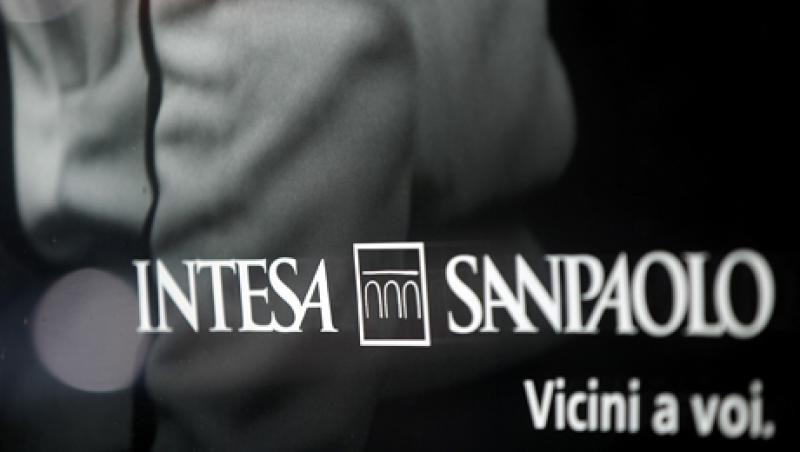Italy’s largest retail bank, Intesa Sanpaolo, will stay focused on maintaining its strong capital and liquidity positions for the next twelve months as it struggles to lift profits, say top executives in interviews with Institutional Investor.
Prospects for any substantial increase in revenues for the next 18 months look slim as lending stagnates.
The bank’s net profits in the first nine months of 2012, revealed on November 13, were €1.69 billion ($2.16 billion), down 12.5 percent compared to the same period in 2011, amid a deepening recession in its home market from which it derives 80 percent of its revenues. The total volume of loans to customers is also falling, standing at €375 billion on September 30, down 1.7 percent compared to a year earlier. Meanwhile the proportion of doubtful loans is increasing, rising to 2.9 percent of the total on September 30 as against 2.4 percent in December. The bank’s provisions were up sharply to €3.3 billion on September 30, an increase of 48 percent compared to a year earlier.
But CEO Enrico Cucchiani points to signs of some progress, noting that ISP's balance sheet has been strengthened and its operating margin increased to its highest level since 2009 despite what he called "a very challenging environment for the banking industry."
Italy has seen a contraction in GDP for the last five quarters, and the government forecasts a total shrinkage of 2.4 percent in 2012 and 0.2 percent in 2013.
Group CFO and general manager Carlo Messina says the bank will continue to concentrate on the Italian market, despite the lack of economic growth. He doesn’t expect any improvement in the macroeconomic environment before the second half of 2013. “We have no plans to make acquisitions outside Italy and, given our cost of funding, it’s not realistic either for us to increase our lending outside Italy.” He admits that “demand for loans is at best flat.” Messina, like his colleagues earlier this month, also firmly denied rumors that the group was in talks with Italian rival Unicredit. The cost of funding for any Italian bank is challenging given the spread of Italian sovereign bonds over German bunds. On November 19 Italy’s 10-year bonds had a yield of 355 basis points more than 10-year German bunds, whereas France’s 10-year bond, for instance, yielded only 72 basis points more.
Frank Braden, banks analyst at S&P Capital IQ in London, says “The low interest rate environment and low economic growth rates mean that Intesa’s focus has been on building up its capital and keeping its costs down — and it’s done well at this.” Messina says, “We’re in a better position than last year because, although our bad and doubtful loans have increased, our capital position is much stronger.”
The bank increased its core tier-1 capital ratio to 11.1 percent as of September 30, a percentage point rise since the end of December 2011. This ratio amounts to 10.3 percent under the stricter European Banking Authority rules the bank said in a statement last week. “I think our core tier-1 position is near the optimum level — there might be a marginal increase in the next year or so,” says Messina. Operating costs in the first nine months were down 2.3 percent compared to last year, to €6.6 billion.
Says Cucchiani: "Intesa Sanpaolo is one of the few banks worldwide to have already reached levels significantly above future Basel 3 requirements, both in terms of capital and liquidity.”
There were some other positive signs in the results. The group’s core banking saw operating income rise 7 percent in the first nine months to €13.8 billion, while the wealth management division’s revenues surged by 88 percent to €1 billion in the same period, and deposits grew by 4.6 percent. The executives believe that this performance can improve, although they decline to give a forecast.






